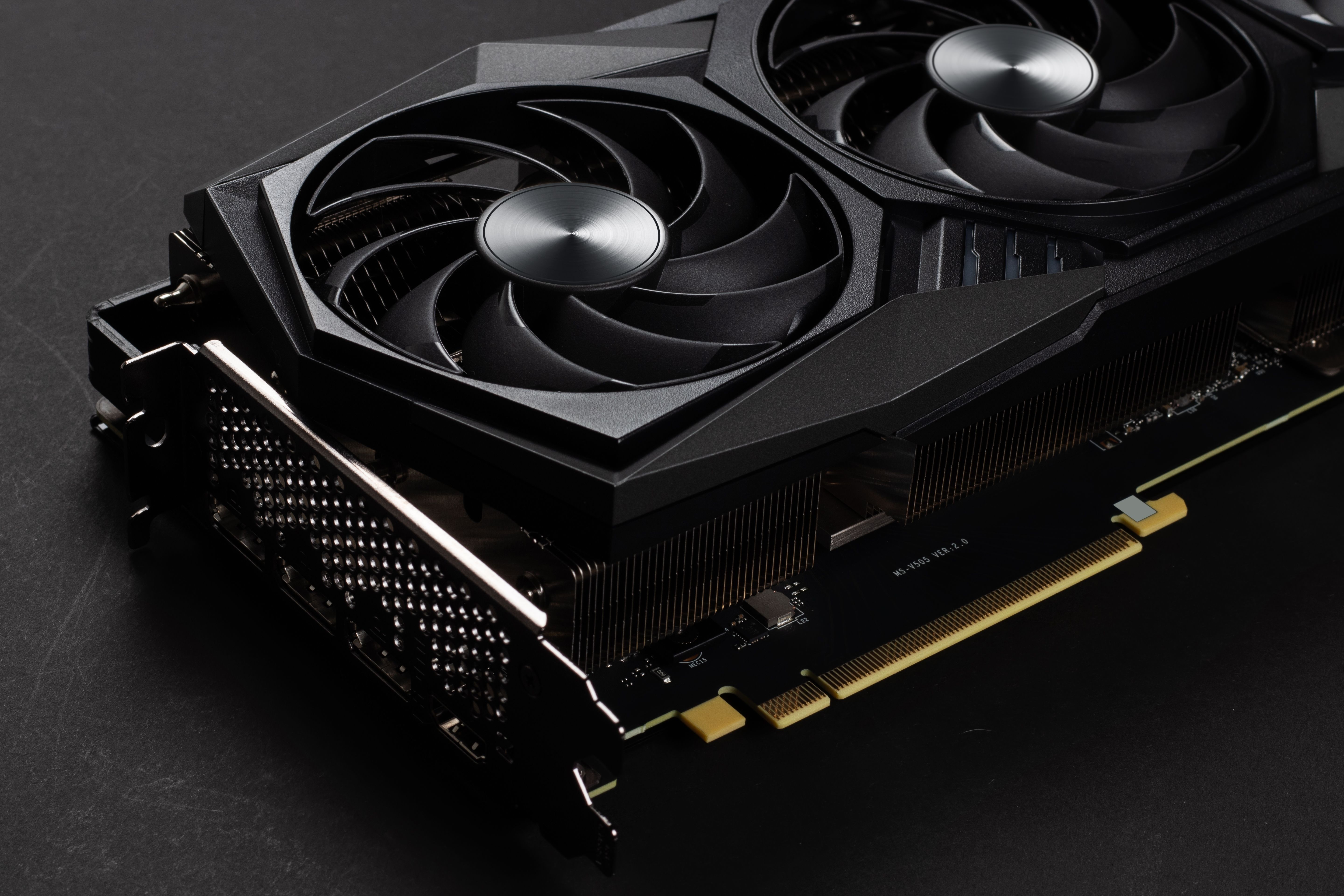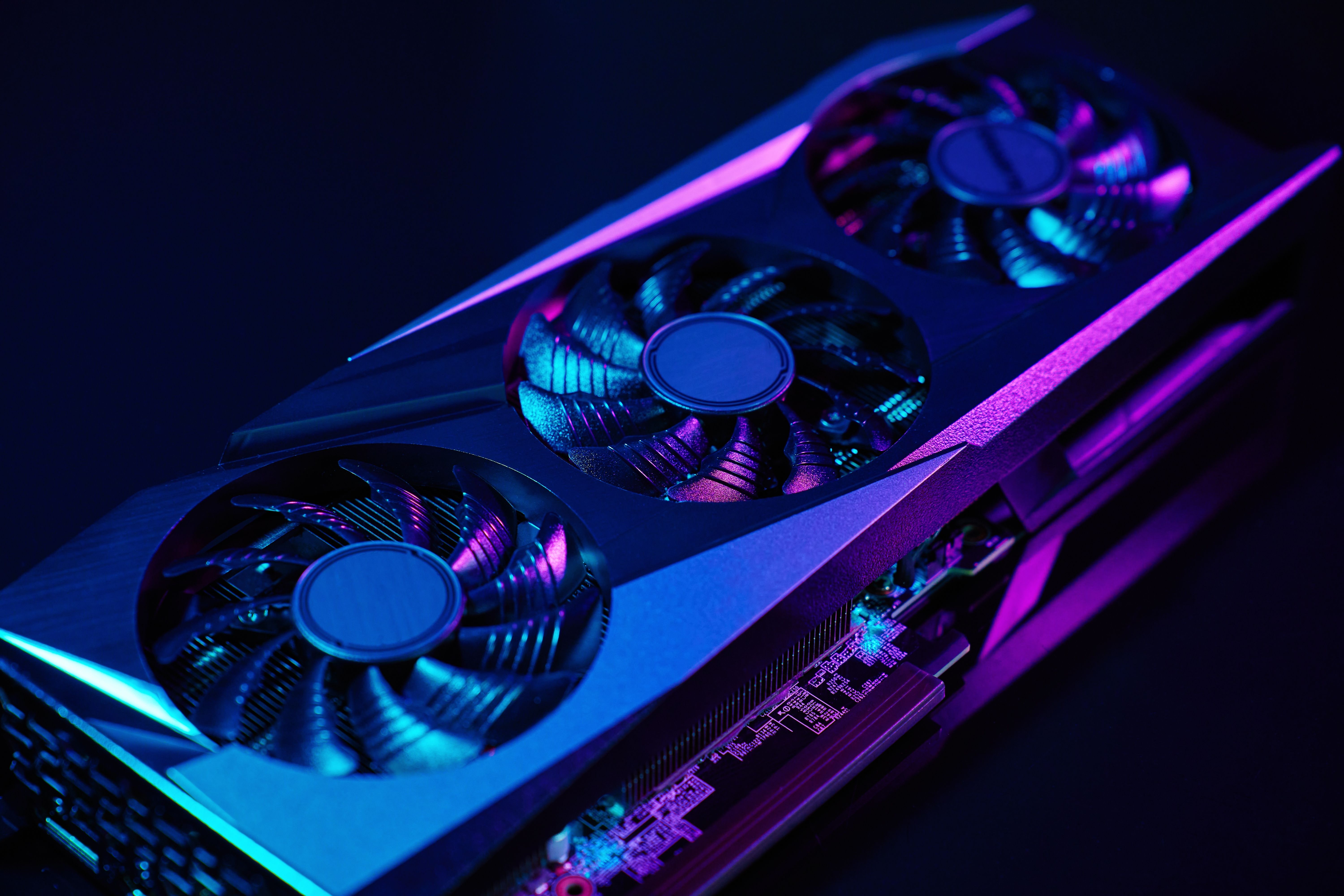AMD vs. NVIDIA: A Comparison for Machine Learning Tasks

Introduction to GPU Performance for AI and Gaming
Graphics Processing Units (GPUs) have evolved from simply rendering high-quality visuals to becoming essential components of modern computing, particularly in artificial intelligence (AI), machine learning (ML), and high-performance computing (HPC). With increasing demands for faster data processing, real-time AI inference, and deep learning model training, choosing the right GPU is critical for maximizing performance, efficiency, and cost-effectiveness.
Among GPU manufacturers, AMD and NVIDIA dominate the industry, each offering distinct architectures, software ecosystems, and performance advantages. This article compares their capabilities, pricing, AI optimization, and future roadmaps to help businesses and developers make an informed decision.
Understanding the Role of GPUs in Modern Computing
Why Are GPUs Crucial for AI and Machine Learning?
Unlike Central Processing Units (CPUs), which process tasks sequentially, GPUs excel at parallel processing, making them highly efficient for AI workloads, deep learning, and data science applications. Their ability to handle thousands of simultaneous calculations accelerates:
- Training of deep learning models – AI models that once took weeks to train on CPUs can now be processed in hours or days using GPUs.
- Real-time data processing – In applications like autonomous driving, fraud detection, and medical imaging, GPUs process vast amounts of data instantly.
- Neural network optimization – Advanced GPU features allow for faster computations of AI algorithms like transformers, convolutional neural networks (CNNs), and recurrent neural networks (RNNs).
These capabilities make GPUs indispensable for AI-driven industries.
How Do GPUs Compare to CPUs in Computing Tasks?
While CPUs are excellent for handling general-purpose computing tasks, they struggle with highly parallel workloads. The key differences include:
| Feature | GPUs | CPUs |
| Processing Model | Parallel processing with thousands of cores | Sequential processing with fewer, more powerful cores |
| Best for | AI, ML, video processing, gaming, deep learning | General-purpose tasks, system operations, software execution |
| Performance in AI | Highly optimized for matrix operations and ML workloads | Less efficient for AI due to limited parallelism |
For AI, data science, and deep learning, GPUs significantly outperform CPUs, making them a necessary investment for cutting-edge computing.
The Importance of High-Performance Computing (HPC)
What Benefits Do GPUs Offer in HPC Scenarios?
High-performance computing (HPC) relies on massive parallel processing power to execute large-scale computations in fields like:
- Scientific simulations – Climate modeling, aerospace engineering, and quantum computing require high-throughput GPU acceleration.
- Financial modeling – Risk analysis, algorithmic trading, and fraud detection demand fast real-time calculations.
- Medical research – AI-driven genome sequencing and medical imaging analysis are GPU-intensive tasks.
With thousands of compute cores, GPUs in HPC environments process data at speeds far beyond traditional computing methods.
AMD vs. NVIDIA: A Comprehensive Comparison
Price and Performance
| Feature | AMD | NVIDIA |
| Price-to-Performance | More affordable with competitive performance | Higher cost but industry-leading AI capabilities |
| Best for AI/ML | Budget-friendly AI workloads | High-end AI/ML applications with optimized software |
| Power Efficiency | More power-efficient | Higher power consumption for premium GPUs |
While AMD offers cost-effective GPUs with strong performance, NVIDIA leads in AI acceleration, making the choice dependent on budget and specific workload requirements.
How Does AMD's Price-to-Performance Ratio Compare to NVIDIA's?
AMD is known for offering strong price-to-performance value, particularly with:
- MI300X GPU, which nearly doubles throughput compared to NVIDIA’s H100, making it a viable alternative for AI workloads.
- Cost-effective HPC solutions, ideal for businesses seeking budget-conscious AI hardware.
However, NVIDIA remains the leader in raw AI/ML performance, especially for deep learning.
Architecture and Technology
Key Differences Between AMD’s RDNA 2 and NVIDIA’s Architectures
- AMD RDNA 2 – Optimized for gaming and general computing; strong in 1440p and 4K rendering.
- NVIDIA Ampere & Ada Lovelace – Includes specialized Tensor Cores designed specifically for AI acceleration.
For AI and machine learning, NVIDIA’s dedicated hardware accelerators give it an edge.
AMD’s Infinity Fabric vs. NVIDIA’s NVLink
- AMD Infinity Fabric – Enhances data transfer speeds between AMD CPUs and GPUs.
- NVIDIA NVLink – Provides high-speed connectivity between multiple GPUs, crucial for deep learning and multi-GPU AI models.
For multi-GPU setups, NVLink generally offers better integration for AI workloads.
Platform Support for AI and Machine Learning
Exploring AMD ROCm vs. NVIDIA CUDA
| Feature | AMD ROCm | NVIDIA CUDA |
| Framework Support | Supports TensorFlow, PyTorch | More optimized for AI, extensive developer support |
| Software Maturity | Still developing | Industry standard for deep learning |
| Open-Source? | Yes | No |
While AMD’s ROCm is improving, NVIDIA’s CUDA remains the preferred choice for AI developers.
Deep Learning Acceleration
How Do NVIDIA’s Tensor Cores Enhance Deep Learning?
- Accelerates matrix multiplications, a core component of AI models.
- Optimized for AI/ML frameworks, ensuring seamless deep learning performance.
Is AMD Competitive in Deep Learning?
- AMD offers strong computational power, but lacks dedicated Tensor Cores.
- Software optimizations are improving, but NVIDIA still dominates deep learning performance.
For AI research, NVIDIA remains the stronger choice.
Power Efficiency and Cooling Capabilities
Comparing Power Efficiency
| Feature | AMD | NVIDIA |
| Power Efficiency | Lower power consumption | Higher power draw but more raw performance |
| Cooling Solutions | Standard cooling solutions | Advanced cooling (Dynamic Boost, AI-powered cooling) |
For power-conscious users, AMD offers better efficiency, while NVIDIA focuses on raw performance.
Upcoming Innovations and Future Roadmaps
What Upcoming Technologies Are Expected from AMD?
- Enhanced AI compute optimizations to compete with NVIDIA.
- Better ROCm support for deep learning frameworks.
NVIDIA’s Roadmap for Future Machine Learning Enhancements
- Next-gen AI-specific GPUs with higher Tensor Core density.
- Continued dominance in AI-driven research and cloud computing.
Conclusion: Choosing the Right GPU for Your Needs
Balancing Budget and Performance
Choosing between AMD and NVIDIA depends on:
- Budget: AMD is more cost-effective; NVIDIA offers higher-end AI performance.
- AI Workloads: NVIDIA’s Tensor Cores and CUDA ecosystem remain industry leaders.
- Future-Proofing: NVIDIA has stronger AI development support but at a premium price.
For general AI workloads, AMD is a viable option, but for deep learning and enterprise AI, NVIDIA remains the top choice.

Andrea Holt
Andrea Holt is the Director of Marketing at Hydra Host, where she unites her geospatial science background with a passion for GPU infrastructure and AI systems. She earned her degree in Geospatial Science from Oregon State University, where she developed an early interest in high-performance graphics cards through her work with ArcGIS and other mapping tools.
After graduation, Andrea applied her analytical skills to voter data mapping for independent and third-party voters while also leading digital marketing efforts for a political nonprofit. This mix of technical and creative experience made her transition to the fast-growing GPU industry a natural step.
Earlier in her career, she interned with the Henry’s Fork Foundation, mapping four decades of irrigation patterns in Idaho’s Snake River Basin. Her research was published in Frontiers in Environmental Science: Spatial and Temporal Dynamics of Irrigated Lands in the Henry’s Fork Watershed.


